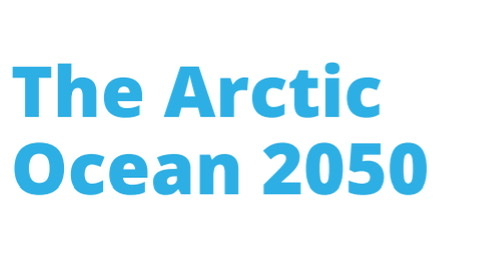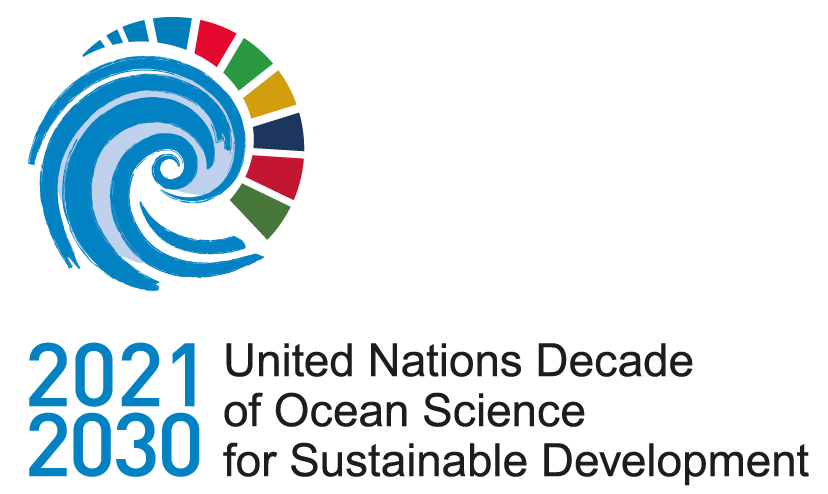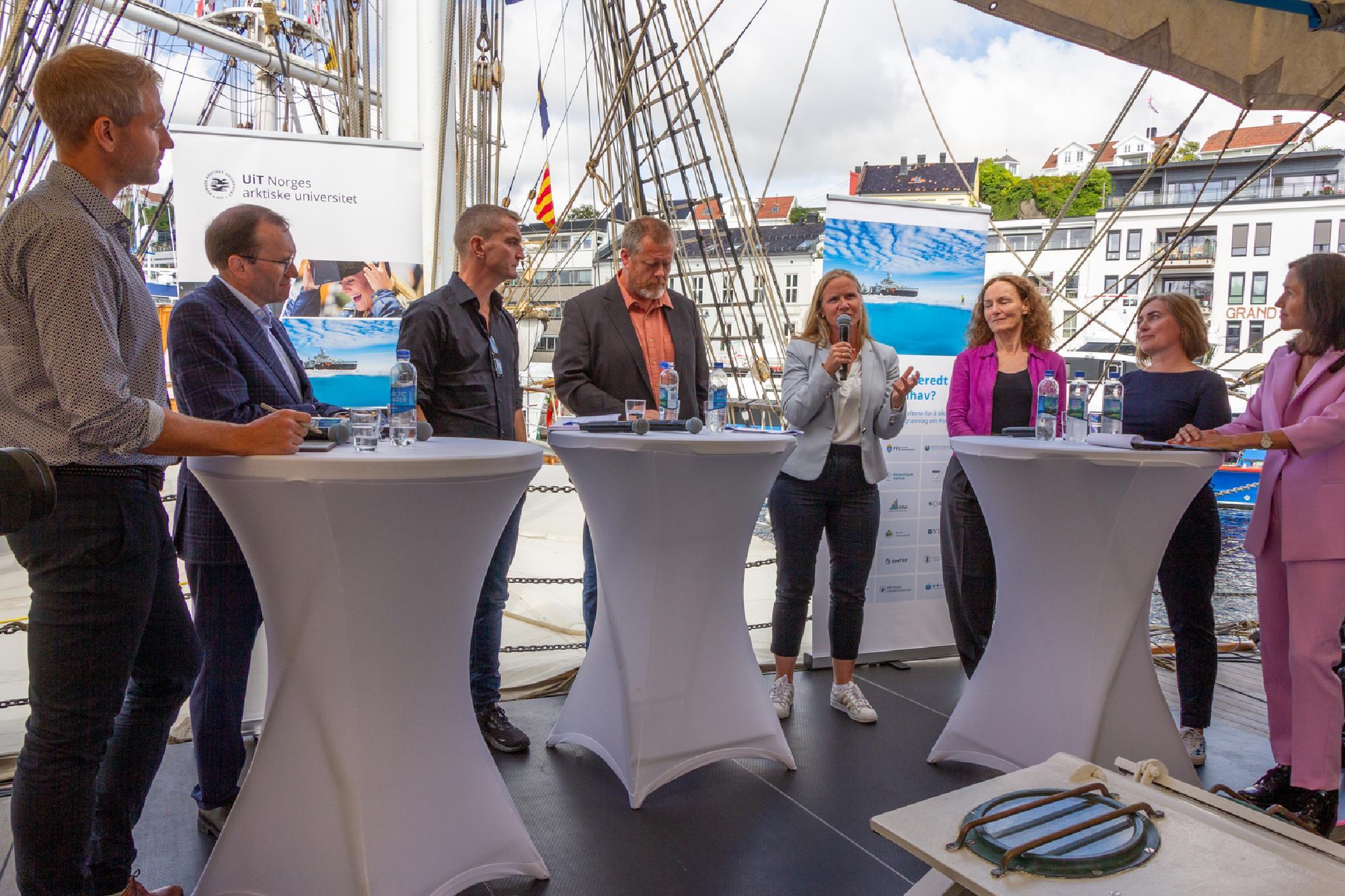


Background
The new 10-year research program Polhavet 2050 – Arctic Ocean 2050 unites 18 Norwegian research institutions in an unparallelled effort to address how the Arctic Ocean will change in the near future. Arctic Ocean 2050 aims to develop inter- and transdisciplinary insights urgently needed to facilitate the development of updated management principles for the new Arctic Ocean.
The national consortium is managed by an ownership group that includes the leaders of the 18 research institutes in Norway, a board consisting of seven members, and a working group comprising representatives from all institutions. The ambition is to secure funding for a ten-year program with the start of January 1, 2026.
Vision and ambition
A sustainably, collaboratively managed Arctic Ocean. For setting the foundation of a long-term colletive research effort towards the International Polar Year in 2032-2033, we aim for the establishment of Arctic Ocean 2050 as a 10-year national research program. The ongoing climate change in the Arctic Ocean and its impacts on the environmental, industrial, and political developments, can only be properly addressed through a large national initiative that goes beyond the timescale and funding schemes of regular research projects.
Mission
We want to understand the Arctic Ocean as one interconnected system. Spanning from the seafloor through the water column and sea ice, into the atmosphere, we aim to explore the local, regional, and global consequences – and opportunities – of climate change. Arctic Ocean 2050 will generate a baseline for a sustainable management for environmental protection, socio-economic development and international collaboration in the region.
Scientific plan
Arctic Ocean 2050 is organized along 6 research themes (RT). A common focus across all five axes are the physical environment, biogeochemistry, biology and governance.
RT1: Global Drivers & Feedbacks. Zooming out. Objective: Understand the interplay between global trends, dynamics, processes, and the ongoing natural and political changes in the Arctic.
RT2: The Changing Arctic Ocean. Zooming in. Objective: Investigate the Arctic Ocean and its current management, understand how it is changing, project short- and long-term futures, understand ramifications for future regional governance needs.
RT3: Abrupt Changes and Extreme Events. Preparing for unforeseen situations. Objective: Characterize the nature and impacts of abrupt change and extreme events in natural and political systems, with focus on their likelihood and reversibility. Provide insights into possible mitigation and adaptation strategies.
RT4: Humans and a blue Arctic Ocean. Consequences and possibilities. Objective: Assess possible future human activity, its risks and the pressures on the ecosystem. Provide guidance and science-based advice allowing for a sustainable use.
RT5: Advances in Modelling and Observing. Innovations for the future. Objective: Utilize the advances in observing and modelling to enhance our ability to understand, monitor, and predict the Arctic Ocean system, and to facilitate the implementation of digital twin solutions for user-specific applications.
RT6: Arctic Ocean Pathways. Action-based knowledge. Objective: Develop policy-relevant scenarios for the future Arctic Ocean, implement the knowledge generated within Arctic Ocean 2050.
You can read the entire scientific plan here.
Resource needs
Arctic Ocean 2050 requires at least 1 billion NOK in new funding for the period 2026–2035 as a long-term core funding for a large integrated and interdisciplinary program. This comes in addition to own contributions from the 18 partner institutions. Additional funding should be allocated through the Norwegian Research Council in a merit-based open competition, but in line with the ambitions and research strategy of Arctic Ocean 2050. It is also expected that funding will be available for the program's goals through regular Nordic and European funding mechanisms, as well as through collaboration with initiatives in other countries.
